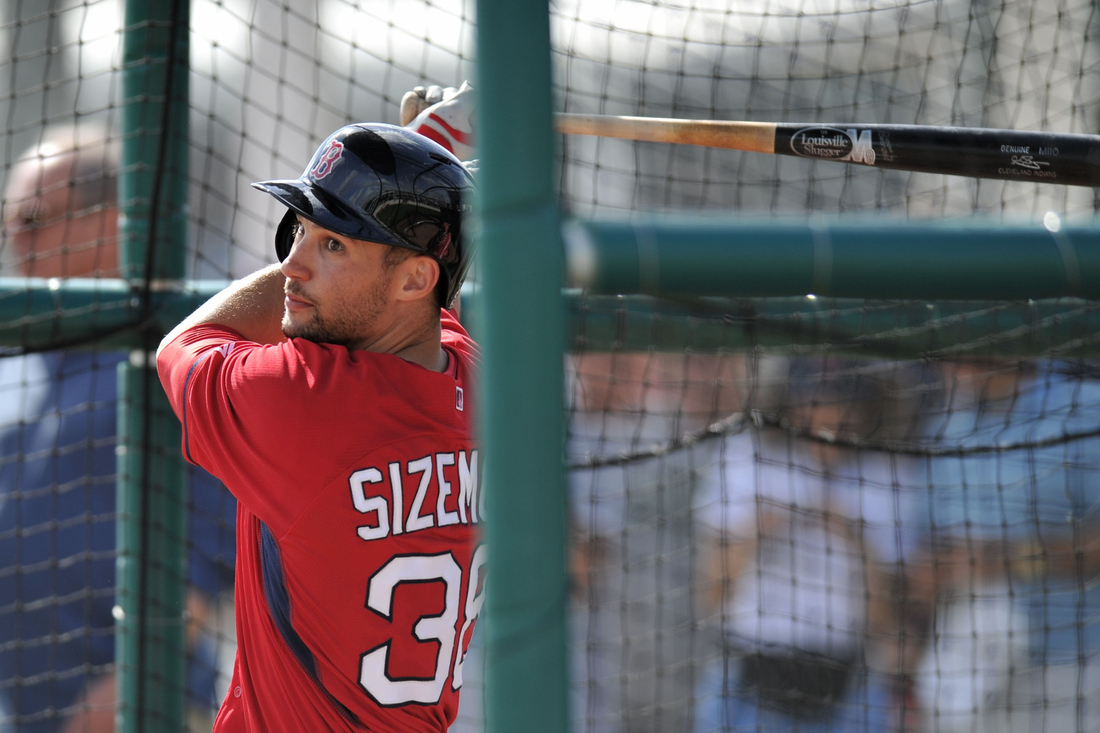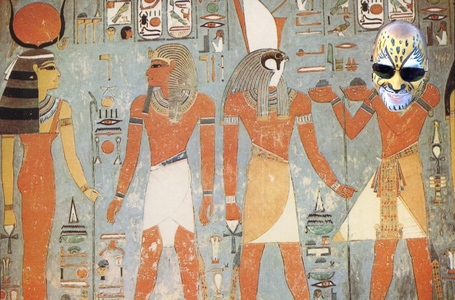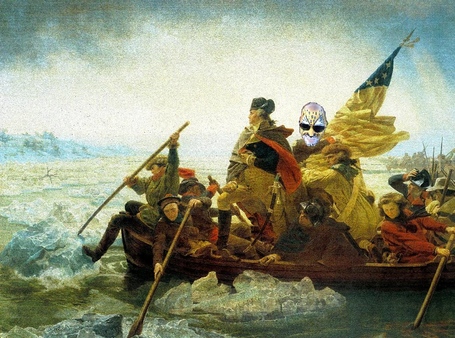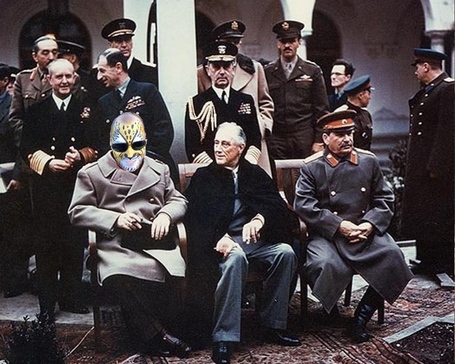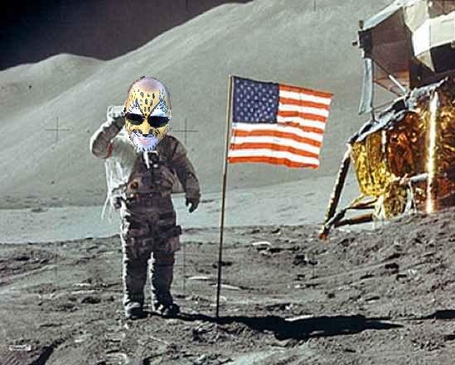
The story about Sprinz's 1939 attempt led to a connection with a PCL fan who clipped the story out of the newspaper and has held onto it for 75 years.
A few weeks ago, I began researching long forgotten stories about the Pacific Coast League (PCL) thinking I might pull them together in a book if I could find enough of them, and if I could find enough interest. I came across one such story that would definitely make the cut.
In 1939, on his 37th birthday, a catcher named Joe Sprinz, who played for the San Francisco Seals at the time, tried to set a new world record for the highest catch.
Knowing what I know about MiLB and its need for promotional stunts for survival purposes, part of me wonders if the Seals didn't put Sprinz up to this, but I couldn't find any evidence of that. But one source says the team arranged for someone on the Goodyear blimp to drop the ball from 800 feet in the air, so the Seals were at least partially involved in facilitating it. That same source describes what happened that day (click the story if you want to see a couple of photos):
He missed the first four balls, but on the fifth Sprinz angled his catcher's mitt in position to catch the hurtling sphere. The ball plummeting at an estimated 154 miles per hour smashed into his mitt, which according to the physicist, David Halliday, "slammed his glove hand into his face with such force that he broke his upper jaw in twelve places, fractured five of his teeth and [he] was rendered unconscious."
He also broke his nose and had lacerations to both his upper and lower lips.
That same story says he ended up in the Guinness World Records book, saying he holds the record for the world's highest catch. Another source says he did not catch the ball. A quick search of Sprinz's name or "highest catch" on the Guinness World Records website comes up with nothing baseball related.
As I was researching this story, I set a Google alert, which made me aware of an article in The County Leader by Paul Fugleberg in which he reminisces about growing up in Hollywood as a baseball fan during the heyday of the PCL, and some might say baseball in general. His article included these tidbits:
I still have the scrapbooks I compiled during that time. Among photos are: Lou Gehrig watching from the Yankee dugout after he voluntarily benched himself after playing in 2,130 consecutive games; catcher Joe Sprinz of the San Francisco Seals being tended to after attempting to catch a baseball dropped from a blimp 800 feet overhead - fractured jaw; Cincinnati third baseman Billy Myers, who was conked on the head by a thrown ball as he approached third base - slight concussion. He was safe, too.
So I sent him an email to talk minor league baseball and he responded, adding some wonderful background information about the era of baseball in which Sprinz attempted to set the new world record. Fugleberg grew up following the Hollywood Stars and Los Angeles Angels of the PCL, attending games and listening on the radio.
Fugleberg is a former newspaper owner who retired in 1980. He still writes freelance articles for the Lake County Leader and The Daily Missoulian - both of which are Montana newspapers.
I'll get to his reasoning for clipping the story about Sprinz in a moment, but here's a little anecdotal history from Fugleberg's perspective as a PCL fan.
"One memorable game was in Hollywood when the public address system announcer informed the crowd that American planes had bombed the Japanese homeland," Fugleberg said. "The crowd roared. The war news up to that point had been mostly bad. A few months later I met one of the B-25 pilots from that raid, Ted Lawson, at church when he was visiting at a Sunday service."
Fugleberg easily remembered the names of players from both the Stars and Angels of that era.
"Among players I recall on Stars' teams were Frenchy Uhalt [who played for the Stars from 1938-‘42], Frank Kelleher [1944 and 1946-‘54], Rugger Ardizoia [two stints with the team - the late 1930s and late ‘40s], who pitched briefly with Yankees during the war, Gus (Ozark Ike) Zernial [1947 and 48], and Jim Baxes [1949 and ‘50], a third baseman whose trademark was firing the ball submarine style to first," Fugleberg said.
"Among LA Angels were outfielders Lou Novikoff [who played for the Angels in 1940 and ‘45], who moved up to the Cubs during the war, Johnny Moore [1930-'31 and 1938-‘45], Arnold (Jigger) Statz [who played 17 seasons with the Angels, on and off, starting in 1920], Rip Russell [six scattered seasons with the Angels from the mid-1930s to the mid-‘40s who also went on to play for the Stars], Eddie Sihocky [Fugleberg wasn't sure about the spelling and I couldn't confirm it one way or the other], and Stevie Mesner [1934-‘37]. Novikoff, incidentally occasionally would sing the national anthem at some of the games."
Okay, so why clip the story about Sprinz out of the newspaper and hang onto it for 75 years?
"No special reason for keeping the clipping other than I thought it was a dumb thing to do," Fugleberg said.
But as is often the case with baseball, the story became the catalyst for a trip down memory lane, so the clipping more than served its purpose.



